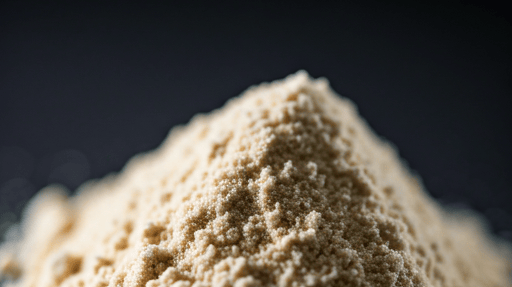BASF's innovation in Vitamin E Stability and Bioavailability
NUTRACEUTICALS


This is an AI generated illustration and does not represent actual product or service.
Synthetic α-tocopherol, also known as DL-α-tocopherol or all-rac α-tocopherol, is a mixture of stereoisomers that are highly sensitive to oxidation and degradation. This sensitivity stems from the hydroxyl group in the aromatic ring, which makes the compound unstable during storage. To mitigate this, esterification has been employed to protect the hydroxyl group, resulting in derivatives such as α-tocopherol acetate, propionate, palmitate, and stearate. However, these derivatives, while more stable, often suffer from reduced antioxidant activity and bioavailability.
Traditional formulations of α-tocopherol and its esters require complex and costly processes, such as spray drying or beadlet formation, to achieve stable, free-flowing powders. These processes often involve the use of adjuvants like carbohydrates, colloids, or silica, which can complicate the formulation and reduce the overall efficiency of the active ingredient.
The Invention
BASF's latest patent pending invention overcomes these limitations by introducing multicomponent crystals of α-tocopherol mixtures. These crystals are formed by combining α-tocopherol or its esters with a crystallizing agent, resulting in a highly stable, free-flowing powder with improved bioavailability and handling properties.
Key Features of the Multicomponent Crystals
1. Enhanced Stability: The multicomponent crystals exhibit significantly higher stability compared to traditional α-tocopherol formulations. They are less sensitive to oxidation, light, and elevated temperatures, making them suitable for long-term storage.
2. Improved Bioavailability: The bioavailability of the α-tocopherol in the multicomponent crystals is comparable to or only slightly lower than that of the uncrystallized mixture. This is a significant improvement over esterified derivatives, which often have reduced bioavailability.
3. Free-Flowing Powder: The crystals form a fine, free-flowing powder that does not clump or cake, even after extended storage. This eliminates the need for additional adjuvants or complex formulation processes.
4. High Crystallinity: The multicomponent crystals exhibit a high degree of crystallinity, as evidenced by their powder X-ray diffraction (PXRD) patterns and differential scanning calorimetry (DSC) data. This high crystallinity contributes to their stability and ease of handling.
Process of Making the Multicomponent Crystals
The process for producing the multicomponent crystals is straightforward and cost-effective. It involves the following steps:
1. Mixing: The active ingredient (α-tocopherol or its esters) is mixed with a crystallizing agent. Suitable crystallizing agents include betaine, nicotinic acid, nicotinamide, succinic acid, and malic acid.
2. Crystallization: The mixture is cooled and stirred to induce crystallization. The resulting crystals are then separated from the supernatant by filtration or decantation.
3. Drying: The crystals are dried to remove any residual solvent, resulting in a stable, free-flowing powder.
Applications
The multicomponent crystals can be used directly as powders, granules, or suspensions. They can also be incorporated into dietary supplements, pharmaceutical compositions, and food or feed formulations. The crystals offer improved stability, bioavailability, and handling properties, making them ideal for a wide range of applications.
BASF's invention of multicomponent crystals of α-tocopherol mixtures represents a significant advancement in the field of vitamin E derivatives. By addressing the challenges of stability, bioavailability, and handling, this innovation opens up new possibilities for the formulation and application of α-tocopherol in various industries. The straightforward and cost-effective production process further enhances the commercial viability of this technology.


